Catalogue > List by artist
Browse the entire list of Rencontre Internationales artists since 2004. Use the alphabetical filter to refine your search. update in progress
Julika Rudelius
Catalogue : 2008Forever | Experimental video | dv | color | 16:52 | Germany, Netherlands | 2007
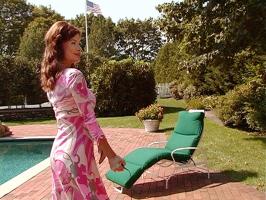
Julika Rudelius
Forever
Experimental video | dv | color | 16:52 | Germany, Netherlands | 2007
Forever NL, installation, configuration 16`52? A number of well-dressed American women, lounging by the swimming pool in a deck chair or strolling in the garden, take turns in this double-screen installation. Each individually they tell us what matters to them, what makes them happy and how they see themselves. The women in `Forever` are mostly talking about their outer appearance. And yet, inner beauty is what is most important, says one of them, `although that is reflected by someone`s looks,` she adds. Does she mean that what it is about is the preservation of external beauty, which is after all the reflection of the unchangeable inner self? It is difficult to guess how old they are exactly. Nevertheless, the dark, slightly worn voice that we hear when we see a girlish figure with streaming hair sitting there in a little pink summer dress, betrays that this cannot possibly be a young woman of around thirty. They take photos of themselves with a self-timer. The camera of the filmmaker always cautiously keeps its distance. The carefully created illusion of the age of their choice is not undermined anywhere just to make the image `more realistic`. `Forever` is a portrait of the way these women want to see themselves, and of the way they want us to see them if a filmmaker should portray them. Rudelius graciously gives them the chance. Fifteen minutes of fame. Forever as young as they were then, with the promise of the future preserved.
Markus Ruff
Catalogue : 2007Aus der Leere | Experimental film | 16mm | black and white | 15:0 | Germany | 2005
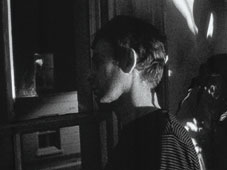
Markus Ruff
Aus der Leere
Experimental film | 16mm | black and white | 15:0 | Germany | 2005
The film observes human meetings staged in a context of lights and shadows. The series of portraits binds relationships in which glances are body movements.
Born in Stuttgart in 1977. Trained as a cook. Has been studying experimental creation using arts and media at the Arts University of Berlin since 2002.
Maria Ruido
Francisco Ruiz De Infante
Catalogue : 2007La Piedra de Nueva York | Experimental video | dv | color | 18:0 | Spain | 2005
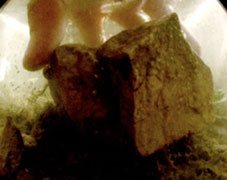
Francisco Ruiz De Infante
La Piedra de Nueva York
Experimental video | dv | color | 18:0 | Spain | 2005
An African legend: It has been a few years since a stranger brought a stone to the village. The stone was found among the debris of a vertical city. The stone was introduced in the aquarium of a tribe, an aquarium that suppressed all the secrets of generations. Since that time, the animals seem less familiar, and accelerations in time have not stopped being produced. Structured as a schizophrenic experience, the video succeeds in evoking an apocalyptic landscape of a drowned earth. The soundtrack creates a feeling of anxiety that three months later begins to produce its fruit: a mud of shapeless little organisms. The inherent domestic reality is interpreted as other realities, other landscapes, and other cultures. An imaginary journey where we ask ourselves about the displacement, about the encounter with other cultures and other customs. Searching for the enigma of the other in an introspective reflection aroused by the powers of displacement. A place explored without mediation through signs, symbols, the traces of time, and its conditions. Francisco Ruiz de Infante works with the tension of the constant menace exploring the natural behaviours and the unconscious in all their destructive and transformative effects, a genuine interior agitation. A structure that reacts in a fashion unhoped for in the face of the other, an agitation that contributes to the progress of the natural system.
Francesco Ruy was born in 1966 in the city of Vitoria-Gasteiz in Holland. He currently lives and works in Paris, Auberive, and Strasbourg, where he has been teaching at the Ecole Nationale Supérieure des Arts since 1999. He received his master in fine arts from the Ecole Nationale Supérieure des Beaux-Arts of Paris in 1992, and a diploma in painting and audiovisual studies from the Faculté des Beaux-Arts du Pays Basque in 1991. A varied artist, he has taken courses in cinema, video, photography, theatre, dance, and plastic arts. He has produced individual exhibitions in Europe and the United States; installations and collective exhibitions in the European capitals, as well as in Mexico and Brazil; and has realized shows, performances, and public interventions. His film work has been exhibited at festivals around the world. Since 2002 he has been the co-director at the "Centre des Rives", a contemporary art and documentation centre in the rural medium in Haute-Marne, and since 2001 he has been the co-director of the Transmedia and Chaufferie Festivals (ESAD of Strasbourg).
Francisco Ruiz De Infante
Catalogue : 2010BlueSky (qué sera sera) | Video | dv | color and b&w | 6:0 | Spain | 2009
Francisco Ruiz De Infante
BlueSky (qué sera sera)
Video | dv | color and b&w | 6:0 | Spain | 2009
Synopsis : Un serpent guidé par une main parcourt différents espaces. Un serpent guide une main et regarde plusieurs espaces. Plusieurs espaces bougent lentement derrière une « main à la tête de serpent » : le grenier, l`étagère des livres, le studio de montages vidéo, la salle des machines-contrôle? Le nid de serpents (en réalité des câbles non coupés) se cache au c?ur des machines. Le serpent est libéré et chassé à tour de rôles. La vidéo laisse entendre doucement une chanson de sirènes: qué sera sera?
Fabriquant : Francisco RUIZ DE INFANTE enfante@club-internet.fr ? Quelques Links : www.ruizdeinfante.org ? Forme : Fragiles constructions à habiter- dispositifs - parcours expositifs - images fixes et mouvantes - sons - dessins - textes. Ruiz de Infante a exposé au MNCA Reina Sofía de Madrid, à la Kunst-halle de Bonn, au PAC de Milan, au Musée Guggenheim de Bilbao, à l?ARC Musée d?Art Moderne de la Ville de Paris, à la Biennal Site SANTA FE (USA), au Stedelijk Museum d?Amsterdam... Parmi les projets importants on peut signaler ?BlueSky / Laboratorio de laboratoiros? au EFT de Buenos Aires, ?Banquete? au ZKM de Karlshure, ?Zone 1 et 2? au festival Mirages et désirs de Izmir, ?3+4=8 mètres en tout? au CAC Le Plateau de Paris, un complexe parcours d?installations intitulé ?Trembling? au Musée de l?Université de Houston (Blaffer Gallery). L?installation ?Hymnes? (Art Statements / Foire Internationale de Bâle), ?L?âge des serpents? dans l?exposition Vidéo-Topiques au MAMC Strasbourg, ?Black Sky? (Salle La Gallera de Valencia), et les projets ?Tables amplifiées?, FRAC Champagne-Ardenne, ?+Insectes? La Panera de Lleida. Certains de ses films sont visibles dans la collection permanente du Centre Georges Pompidou. ? COMPOSITION Excipients Quelques états éphémères (présent/passé/futur), quelques espaces instables, quelques paradoxes (mammifères aquatiques/mauvaises graines), plusieurs dualités faussement ressemblantes (réel/imaginaire), plusieurs journaux télévisés (ou pas) et d?autres complexes accélérateurs de l?inconscient. Catalogation Artiste hors-format, Ruiz de Infante appartient à une génération dont la sensibilité est marquée par la rencontre et la confrontation des machines audiovisuelles avec les matériaux les plus simples, voire les plus quotidiens. Jongler sans complexes entre la haute technologie et le bricolage d`urgence. Il reconstruit la manière dont fonctionne la mémoire lorsqu?elle nourrit le présent : par saccades pleines d?erreurs d?information, ou comme un torrent d`images qui recommencent sans fin. Tâches de recherche (objectifs, obsessions et terrains d?observation) 1. Retrouver les modes de construction (sans hiérarchies) de l?enfance. 2. Rendre visibles (sans les trahir) quelques lieux cachés. 3. Inventer des situations avec un désordre hautement sophistiqué.... et dessiner leurs cartographies. 4. Regarder fixement la diversité des EAHCI (Espaces et Actes Humains, Complexes et Inefficaces) 5. Tester les limites du dicton : ?on dit ce qu?on fait... on fait ce qu?on dit? 6. Comprendre et relativiser la notion ?d?interdit?... par l?invention de règles pour d?étranges jeux. 7. Construire des écosystèmes (dans lesquels la notion d?intrus, de catastrophe, de transformation et/ou d?évolution sont prises en compte) 8. Montrer, parfois d?une manière très physique, que la vie est une affaire de risques et qu?il faut être en alerte. Tâches d?ordre alchimique 10. Creuser la problématique de l?échelle. 11. Problématiser ?la chose non-finie? 12. Fabriquer les bouillons de culture inflammables qui génèrent des symétries inexactes. 13.Nourrir l?aquarium des idées cancérigènes à polysémie vertigineuse. (Cf. Projet INDEX) ? Co-opérateurs: Ermeline Le Mézo / Pierre Mercier / Christian Sebille / Eléonore Hellio / les BlueSkyers. ? Références: Les beaux mensonges de la tradition orale (enfantine et adulte), les déraillements violents de Nietzsche, le froid/chaud de Bob Wilson et ses organisations sonores, les grimaces de Kantor, les enfants de Kanevski, les aventures contrastées de Courrier International... et aussi les voyages de Tarkovski, Deligny, Savitskaya et Daumal. ? Dans quel cas utiliser ce produit : Quand le désir d?un voyage vers la zone molle devient grand. ? Mises en gardes spéciales : La trajectoire parabolique de ce produit peut produire des vertiges et états métaphoriques délirants.
Simo Ruohiainen
Catalogue : 2006The dance of thunder | Experimental video | dv | color | 2:0 | Finland | 2004
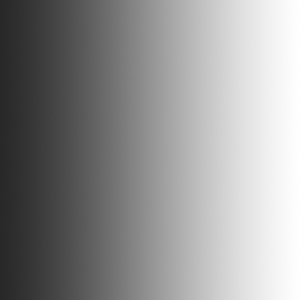
Simo Ruohiainen
The dance of thunder
Experimental video | dv | color | 2:0 | Finland | 2004
Simo RUOHIAINEN nous offre dans son court métrage d`une minute un fantastique spectacle d`une nature déchainé d`eclairs dans le ciel. Cette compilation d`images fortes dans les couleurs sombres de la nuit est accentuée par un montage réussi, ce qui donne l`impréssion d`assister à une danse.
Jani Ruscica
Catalogue : 2013Scene Shifts, in six movements | Video | hdv | color | 15:57 | Finland, Germany | 2012
Jani Ruscica
Scene Shifts, in six movements
Video | hdv | color | 15:57 | Finland, Germany | 2012
Words shape our impressions and form our history. In ?Scene Shifts, in six movements? a journey through historical layers of various locations on several continents unfolds. However, it is primarily an intellectual journey. The locations, images, texts and music hold references to a long history of cross-cultural misinterpretations.
Jani Ruscica (b.1978) is an artist working with film, video, photography and other media. Ruscica works collaboratively, his interest lies in how one defines one?s location, one?s placement in the world, and how this definition changes ? continuously, if necessary ? according to personal, cultural, representational or even scientific factors. Ruscicas works explore the intersection between cinema, video art, theatre and performance. His recent exhibitions include 6th Liverpool Biennial, 2010, 5th Momentum Biennial, Moss, Norway 2009, ?Life Forms? Bonniers Konsthall, Stockholm, 2009, ?Tracking Traces...? Kiasma, Helsinki as well as screenings in institutions such as Centre Pompidou, Paris, TATE Modern, London and MoMA, New York. His film Evolutions was awarded the main prize at at the prestigious KunstFilm Biennale in Cologne in 2009, in 2010 Ruscica was awarded the AVEK prize for important achievements in audio visual culture. Ruscica is based in Helsinki and was educated at Chelsea College of Art and Design in London and at the Academy of Fine Arts in Helsinki.
Jani Ruscica
Catalogue : 2009Beatbox, alternate take | Video | betaSP | color | 8:39 | Finland | 2007

Jani Ruscica
Beatbox, alternate take
Video | betaSP | color | 8:39 | Finland | 2007
Ben Russell
Catalogue : 2023Against Time | Experimental doc. | 0 | color and b&w | 23:0 | USA, France | 2022
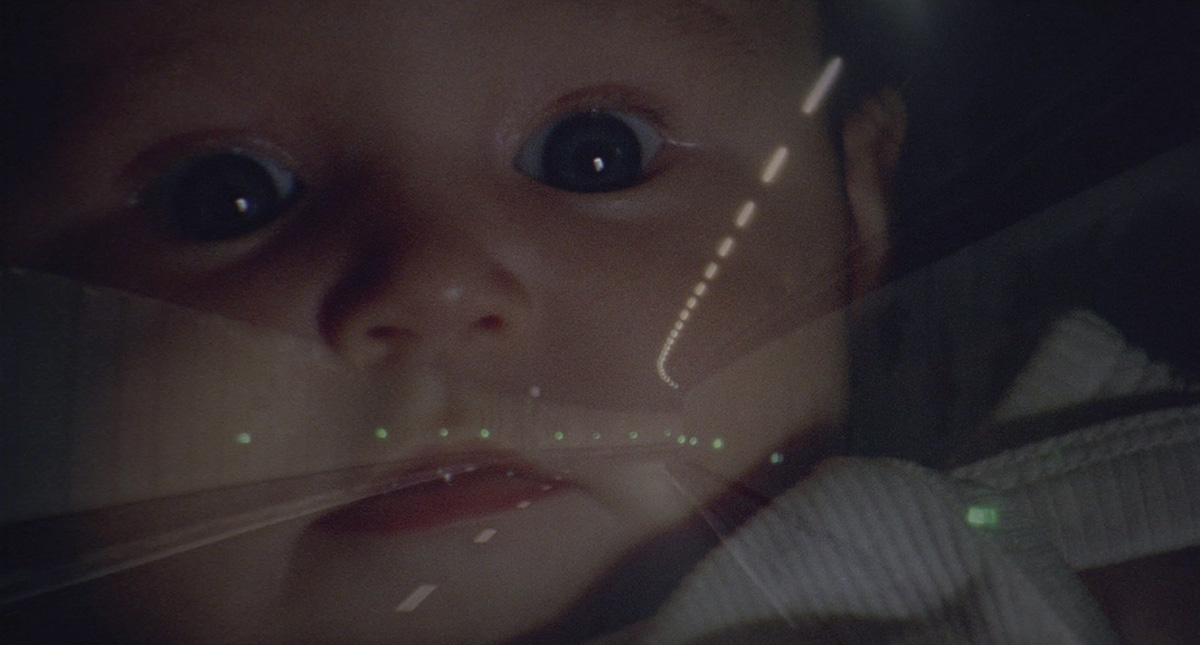
Ben Russell
Against Time
Experimental doc. | 0 | color and b&w | 23:0 | USA, France | 2022
A tone-poem in blue and red by US artist and experimental filmmaker Ben Russell, Against Time is a visually staggering kind of cine diary, shot on various locations between 2019 and 2022. Trying to find a way through the fog of recent years, the piece plays with dissolving images, non-linear montage, modular synthesis, and a variety of looping techniques to reflect on how we experience time as a fragmented phenomenon. It results in hypnotic and beautiful experimental cinema that seems to mirror life in all of its interpersonal intricacies. (Rewire Festival 2023)
Ben Russell (1976) is an American artist, filmmaker and curator whose work lies at the intersection of ethnography and psychedelia. Russell was an exhibiting artist at documenta 14 (2017) and his work has been presented at the Centre Georges Pompidou, the Museum of Modern Art, the Tate Modern, the Museum of Modern Art Chicago, the Venice Film Festival and the Berlinale, among others. He is a recipient of a Guggenheim Fellowship (2008), a FIPRESCI International Critics Prize (IFFR 2010, Gijón 2017), and premiered his second and third feature films at the Locarno Film Festival (2013, 2017). Curatorial projects include Magic Lantern (Providence, USA, 2005-2007), BEN RUSSELL (Chicago, USA, 2009-2011), and Hallucinations (Athens, Greece, 2017). He is currently based in Marseille, France.
Ben Russell
Catalogue : 2010Let each one go where he may | Documentary | 16mm | color | 2:15 | USA, Suriname | 2009
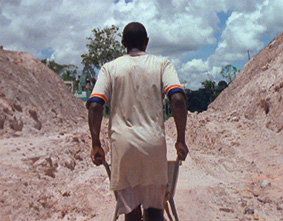
Ben Russell
Let each one go where he may
Documentary | 16mm | color | 2:15 | USA, Suriname | 2009
Ruaidhri Ryan
Catalogue : 2018Modern Props | Experimental fiction | hdv | color | 9:30 | Ireland, United Kingdom | 2017
Ruaidhri Ryan
Modern Props
Experimental fiction | hdv | color | 9:30 | Ireland, United Kingdom | 2017
“ Modern Props ” joins a pair of actors as they shop for furnishings and objects to decorate their character’s new home. The department store, in which they shop, is in fact a TV and Film props warehouse; the objects are devoid of their original function, existing only to be photographed. As the couple traverses a multitude of environments; ancient Greek, British colonial, medieval, they begin to experience aesthetic disharmony. Conflicts around etymology, authenticity and concepts of perfection abrade at the relationship until eventually our couple breakup.
Approaching film from an art background, Ruaidhri entertains a distinctly humorous view on hyper-real, self-aware constructs, perpetually chasing a notion of authenticity that does not exist. Often disclosing methods of production and combining the sincere with the ironic, Ruaidhri continues to develop conceptually driven, narrative films for gallery and film festival exhibition.
Rybn
Catalogue : 2010Antidatamining V | 0 | 0 | | 0:0 | France | 2010
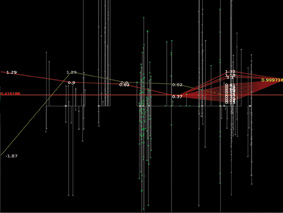
Rybn
Antidatamining V
0 | 0 | | 0:0 | France | 2010
Rybn, Marika DERMINEUR, Kevin BARTOLI, Jean-Marie BOYER
Catalogue : 2009Antidatamining | Multimedia installation | 0 | color | 0:0 | France | 2007
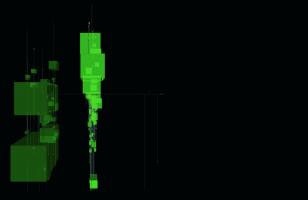
Rybn, Marika DERMINEUR, Kevin BARTOLI, Jean-Marie BOYER
Antidatamining
Multimedia installation | 0 | color | 0:0 | France | 2007
ANTIDATAMINING is based on the recovery and the viewing/visualization of web-extracted data. It aims at creating audiovisual environments written, fed and updated in realtime. The goal of this project is to make emerge and to identify, using the Data Mining processing, several social and economic imbalance ?phenomenas?. ADM seeks to visualize these phenomenas, and to tries to establish a global imbalance cartography. www.antidatamining.net
RYbN : A multi-field artistic collective based in Paris (2000) and specialized in realisation of installations, performances and interfaces by refering as well to the codified systems of the artistic representation (painting, architecture, counter-cultures) as to the human and physic phenomenas (geopolitics, socio-economy, sensory perception, cognitive systems). Their axe of research : the construction of a « semantics of the convergence », via the coupling, the diversion and the perversion of writing and formalization tools connected to the technologies of communication, information and sensory ? webs, data flows, smell, surveillance, audiovisual, interaction, real time. www.rybn.org
Andrei Rylov, Maxim Mezentsev
Catalogue : 2023The End | Video | mp4 | black and white | 8:0 | Russia | 2022
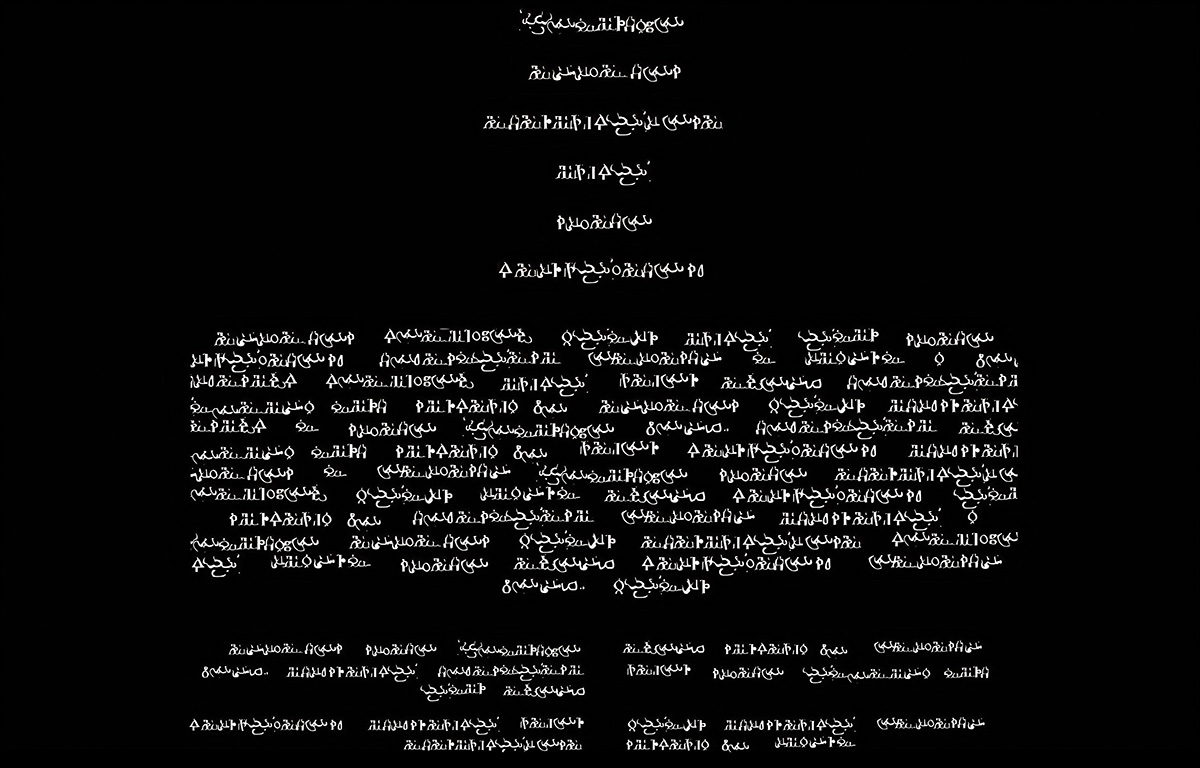
Andrei Rylov, Maxim Mezentsev
The End
Video | mp4 | black and white | 8:0 | Russia | 2022
The End is unreadable titles created by a neural network and endlessly running on a black screen. The project is part of a series of works in which the authors experiment with symbols generated by StyleGAN and other networks. The artists train neural networks on letters of different alphabets, and the language they create is immersed in the context of familiar forms: manifestos, posters, and now titles. These projects continue the tradition of experiments in text and visual media started by Russian Futurists who used abstruse language in poetry (Alexei Kruchenykh, Velimir Khlebnikov, etc.) and Moscow Conceptualists with their interest in poetic experiences (Lev Rubinstein, Dmitry Prigov, Andrei Monastyrsky, etc.). In The End it is impossible to read the text created by the neural network, but the appearance of symbols, their sequence and general layout allow us to perceive a set of meaningless signs as the closing credits of a movie. It is important that in movies we rather recognize titles by their appearance than by their content. The credits are the final part of any movie, but usually no one reads them. The irony is that in The End project there are only credits, here they are a work in their own right, impossible to read. Nor is it possible to wait for it to end.
Andrey Rylov is a new media artist who works in a field of sound sculptures and installations using materials from hardware stores and DIY electronics. He performs with experimental music, creates video works using neural networks, as well. Andrey Rylov is a graduate of the New Media Laboratory, participant of multiple collective exhibitions and festivals: NUR festival (Kazan, 2021), Prepared Surroundings festival (Moscow, 2020 and 2021), Blazar fair (Moscow, 2021), Morpho festival (St. Petersburg, 2021), Adaf.gr (Greece, 2019), Ars Electronica (Austria, 2019), Pixels festival (Yekaterinburg, 2019). Maxim Mezentsev is a graphic designer, visual artist and VJ from Izhevsk, Russia. He works with interfaces, fonts, animation and makes video for experimental theater. He constantly collaborates with the Center for Contemporary Dramaturgy and Directing in Izhevsk, Russia. Maxim Mezentsev participated at the Pixels festival (Yekaterinburg, 2019), Intervals festival (Nizhny Novgorod, 2019 and 2021), Night of Light festival (Gatchina, 2019), Adaf (Athens, 2020), METAXIS festival (St. Petersburg, Nizhny Novgorod, Yerevan, 2022).